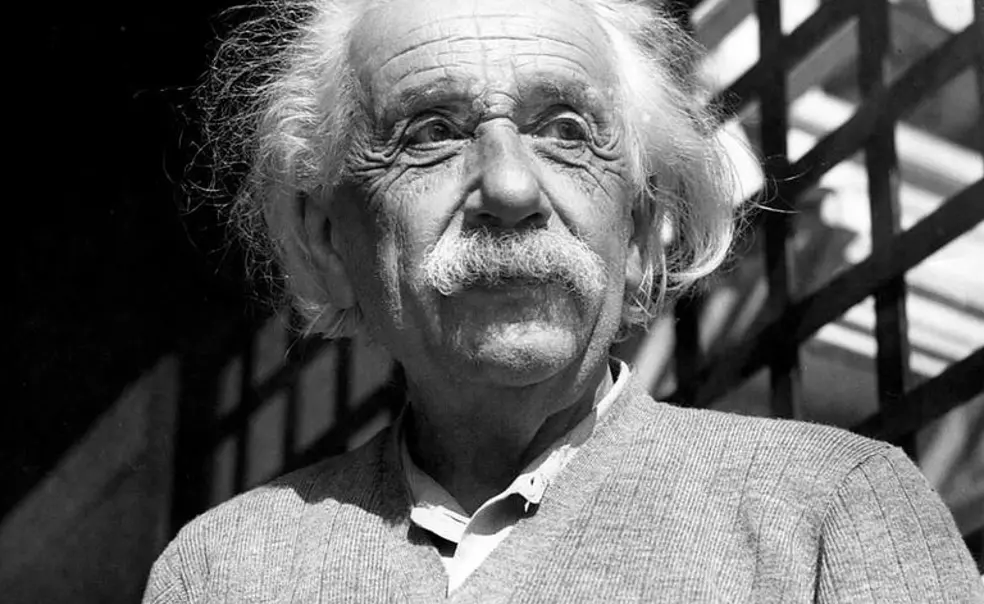Theory of Gravitation by Albert Einstein
The third edition of a well-known Princeton University Press book, to be published in Feburary, made front page news late in December. In that edition of “The Meaning of Relativity,” Albert Einstein presents a new “Generalized Theory of Gravitation” which attempts to interrelate all known physical phenomena.
Announcement of the new theory was made at a press conference preceding the opening session of the American Association for the Advancement of Science on December 26. The news attracted wide interest, and the magazine Scientific American has predicted that the new theory may well rank with the original publication of relativity as a milestone of scientific achievement.
Just as the original theory of relativity had to be checked to see whether it contained established physical theory, such as Newton’s laws, the new theory must be tested against experimental facts, Professor Einstein had asserted. The famous 70-year-old scientist, of the Institute for Advanced Study at Princeton, has said that to him the generalized theory of gravitation is a “highly convincing” extension of the general theory of relativity, “although, due to mathematical difficulties, I have not yet found a practicable way to confront the results of the theory with experimental evidence.”
The idea of developing an all-encompassing field theory has been a major goal of physics since about 1920. By their experiments, physicists have accumulated a vast store of knowledge, but there has been no single theory to explain and describe it all. For example, they knew that there are various types of elementary particles such as the electron, proton, etc. but no theory could explain why there are only a few specific types instead of many. Maxwell’s equations describe electromagnetic fields caused by moving electron, but do not show why all electrons have the same charge. Physicists knew that bodies produce gravitational fields, but no one knew why they produce them. It was desirable to bring all these different observations under one theory from which all the known phenomena could be deduced. And in addition, when such a theory is successful, it is usually possible to predict entirely new and unforeseen phenomena.
This is the goal of Einstein’s new generalized theory of gravitation. It is intended to bring relativity and quantum theory into a single system. Whether this has been achieved or not is impossible to say certainly at this time, but preliminary indications are favorable. Maxwell’s equations for electromagnetic fields, for example, are contained in the new theory. But more time is necessary before the theory can be compared with the vast store of physical knowledge, and even more time will be required before new predictions can be made.
The heart of the generalized theory of gravitation is expressed in four equations:
The equations have the mathematical properties which seem to be required in order to describe the known effects, but they must be tested against observed physical facts before their validity can be absolutely established.
This was originally published in the January 13, 1950 issue of PAW.













No responses yet